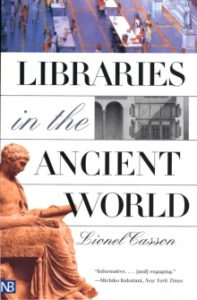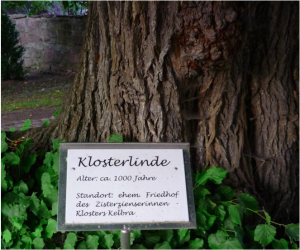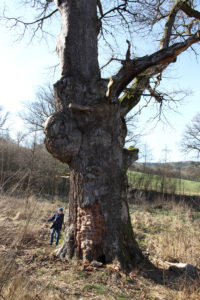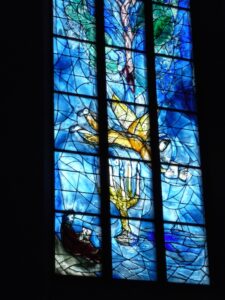
That’s the hardest part about . . .
I wish I’d asked what was the hardest part about working with a horse: keeping the rows straight or making the turn at the end

I wish I’d asked what was the hardest part about working with a horse: keeping the rows straight or making the turn at the end

A package of seeds doesn’t cost very much . . . In the last few years, the world seems to be specializing in crises that

What were libraries like in the past? While trying to figure out how ancient books were repaired, I came across the delightful Libraries in the

This 1,000 year old linden tree has such a perfect shape from the outside. A really old tree gives me a new perspective on life

This weekend, my husband and I went looking for a half-circle of oaks he knew from thirty years ago. (No comments from the peanut gallery
Every year on October 3, Germany celebrates the Tag der Deutschen Einheit, (literally, the “Day of German Unity.”) It’s the day when East and West

The first hand-held calculator was invented “after hours” in Buchenwald concentration camp by Curt Herzstark. Image: Arithmeum, Bonn. I’ve been reading Susan Kaye Quinn‘s Indie

St. Stephan’s church in Mainz, Germany has stunning stained glass windows. The church burned on February 27, 1945 and Marc Chagall designed most of the current windows in the late 1970’s.
The windows show love stories of all kinds: Colorful people and angels float in a sea of blue glass. In light of the Holocaust, I was especially touched by the window of Abraham pleading with three angels to spare Sodom and Gomorrah.

Roman pipeline to convent to farm. Gut Schillingskapellen, Dünstekoven. © Laurel Decher, 2016. In the small village of Swisstal-Dünstekoven, a one-time convent was built solely
500 olive trees. Sciacca, Sicily. © Laurel Decher, 2016. I recently came across another inspiring example of using your inheritance to create something new. Alessandro
Forest road in spring green with a blue sky above. Kottenforst, Germany. © Laurel Decher, 2016. Is Migration Our Lot? Lately, I’ve been wondering if
Hopeful signs: Tiny snowdrops dusting the ground under giant trees bare of leaves under a gray sky. Kriegshoven, Germany. © Laurel Decher, 2016. Hope keeps